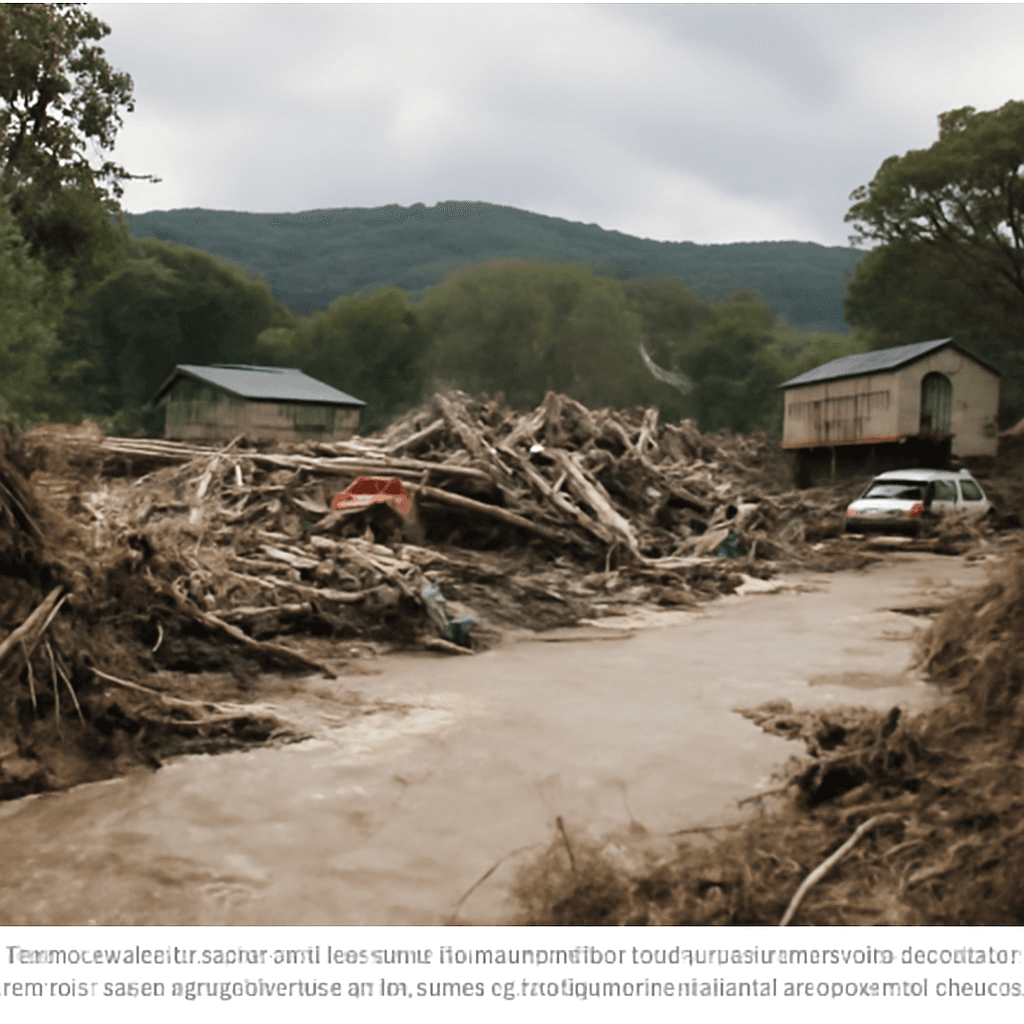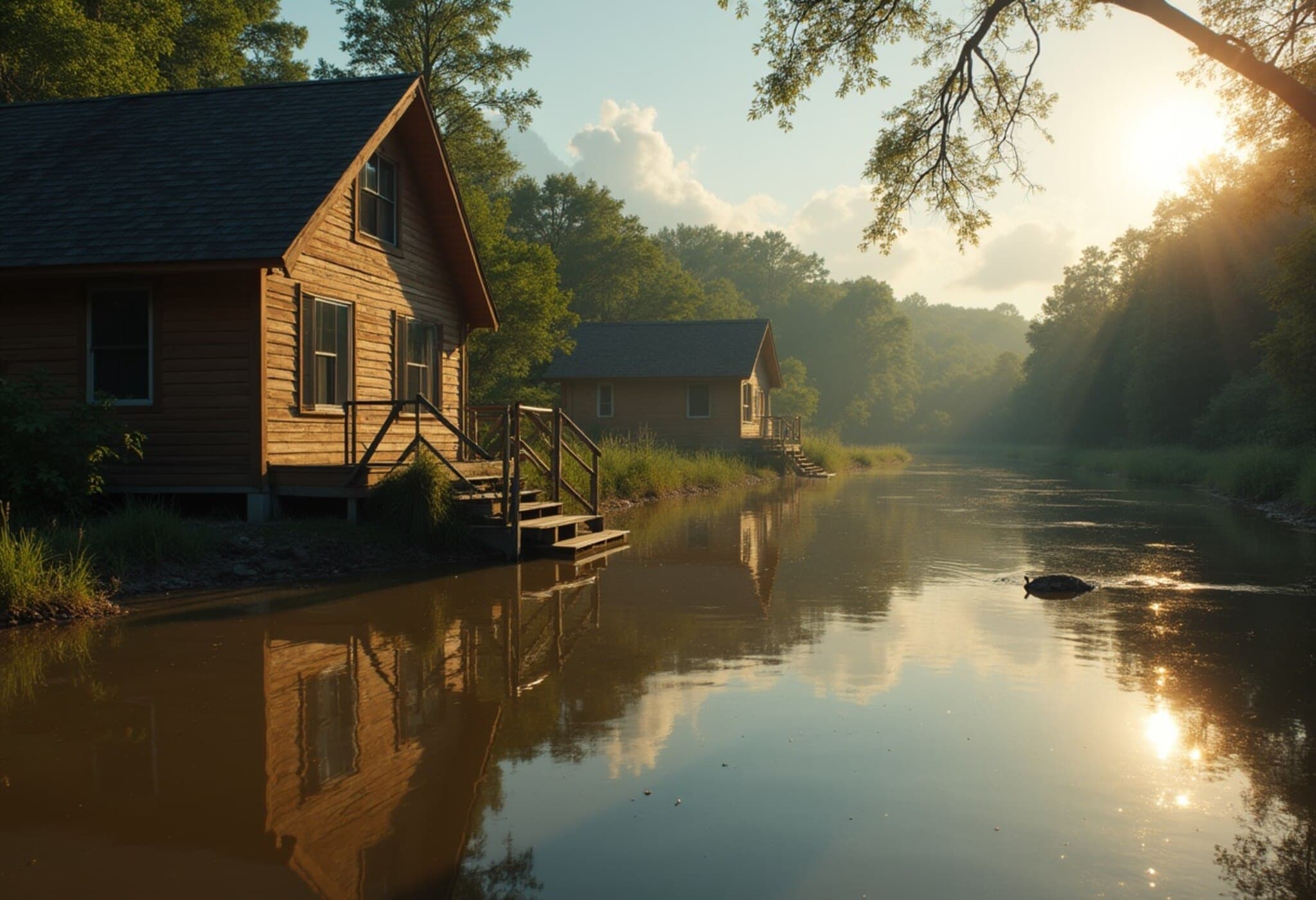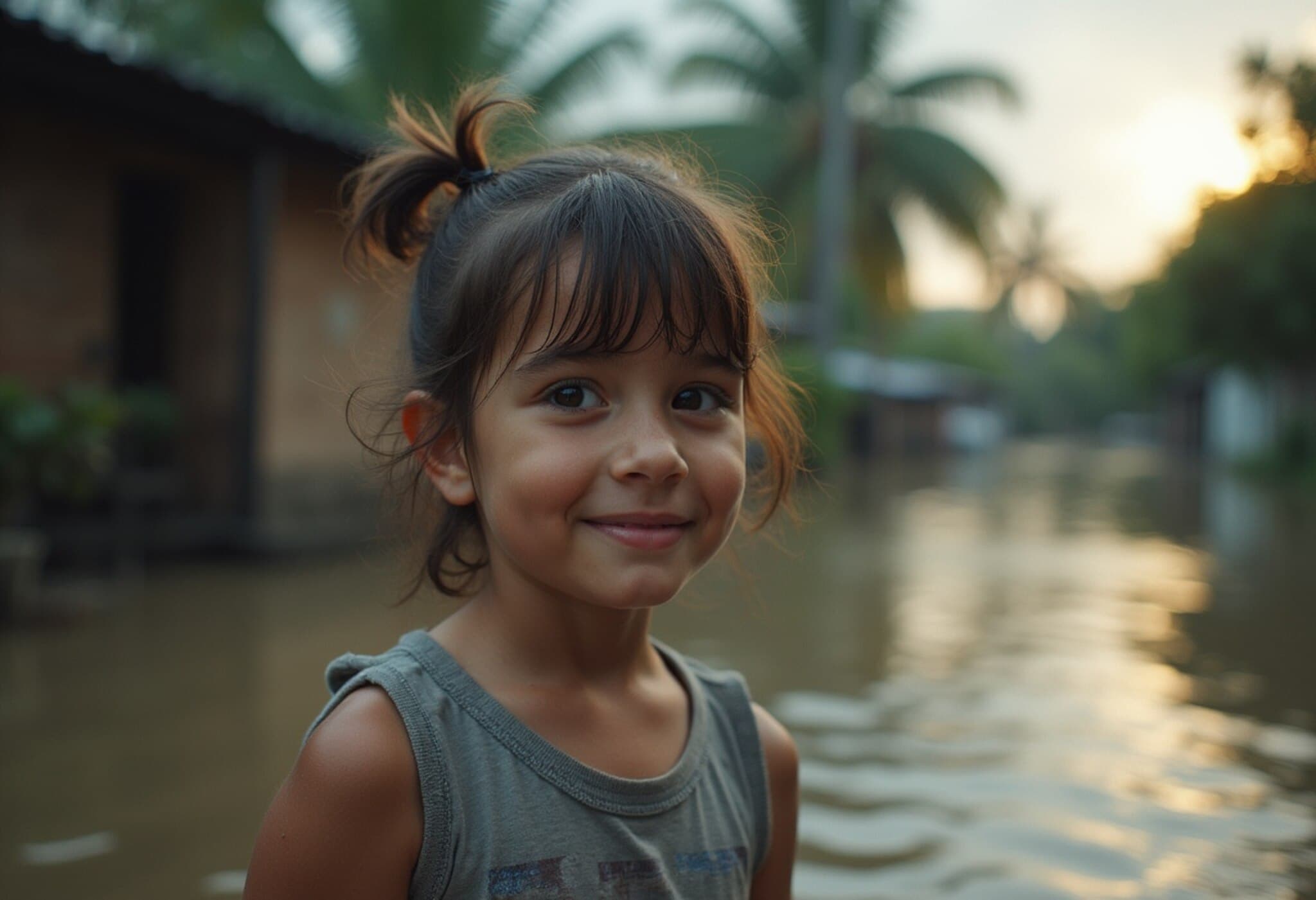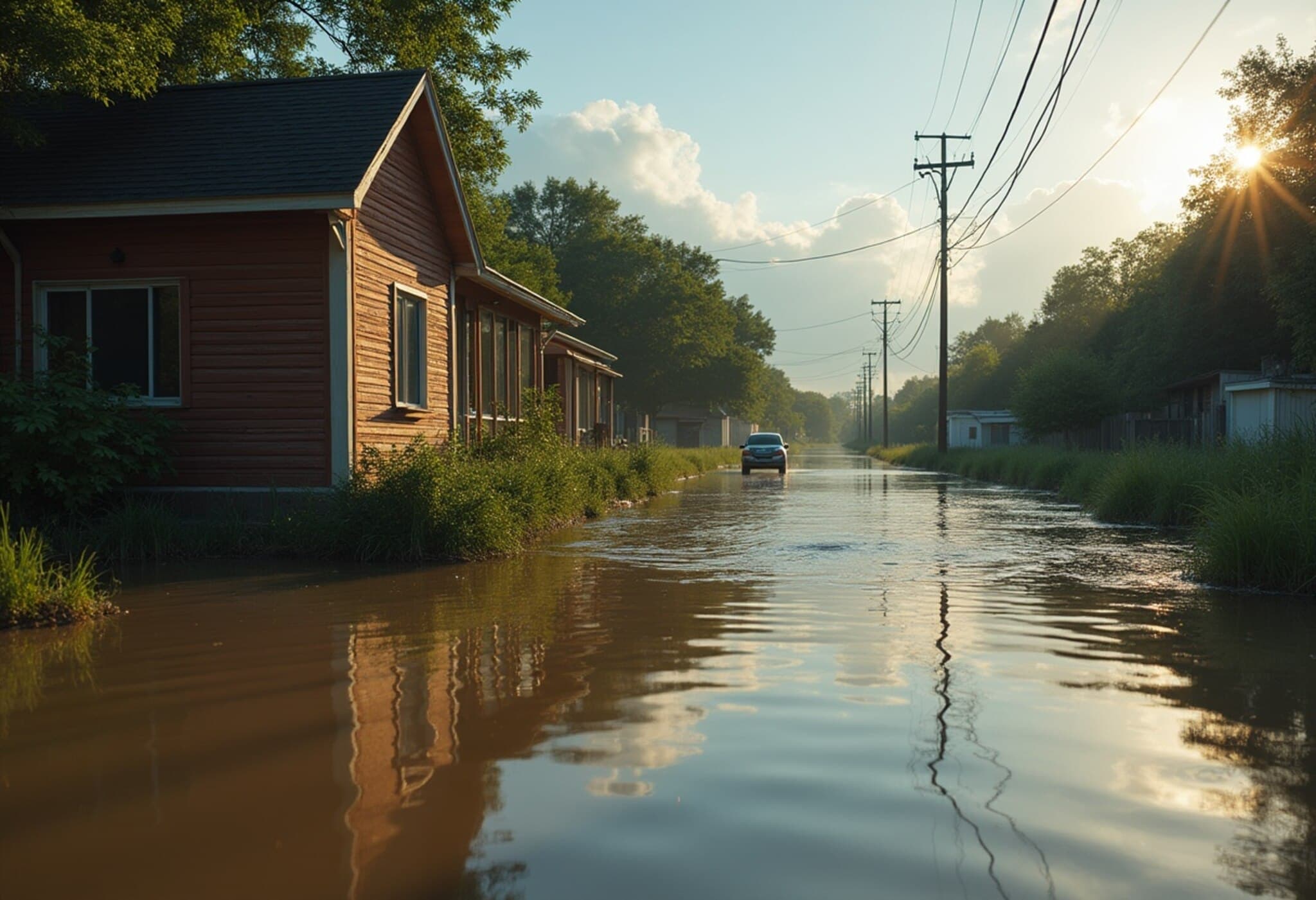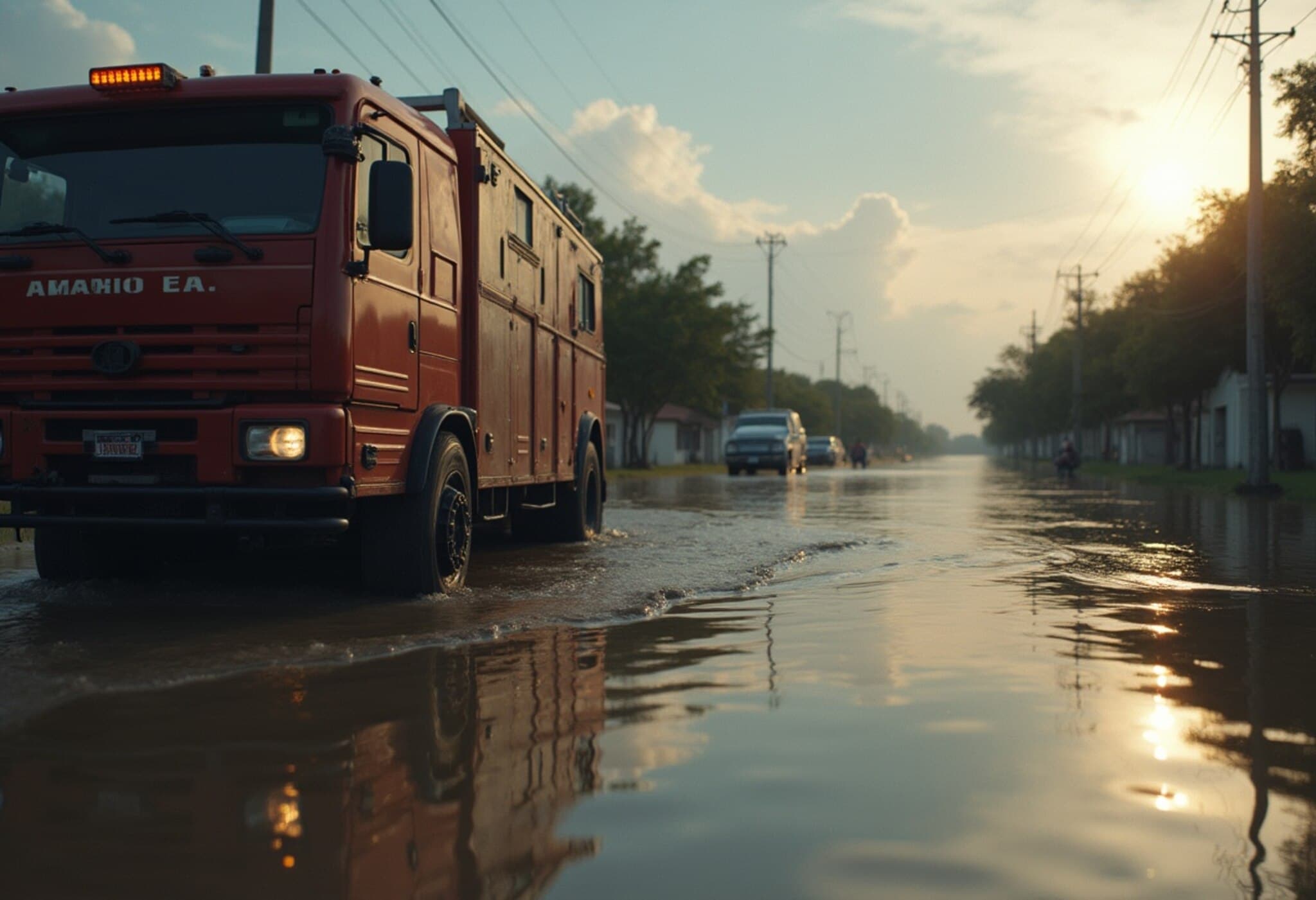Texas Flood Tragedy Deepens: Death Toll Hits 70 Amid Ongoing Rescue Efforts
The devastation wrought by unprecedented flooding in central Texas has escalated, with the death toll climbing to 70 confirmed fatalities, including both adults and children. As authorities continue exhaustive search and rescue operations, many remain missing, intensifying concerns over the full scale of this disaster. President Donald Trump declared a major disaster to mobilize federal support, describing the unfolding crisis as an "unimaginable tragedy."
Camp Mystic: Heart of the Sorrow
The worst-hit area is Kerr County, where officials confirm 59 deaths: 38 adults and 21 children. Among the missing are 11 children and one counselor from Camp Mystic, a nearly century-old Christian summer camp nestled along the banks of the Guadalupe River. With around 700 young campers present during the floods, the situation remains dire and heartbreaking.
Local leaders acknowledge the challenge of search operations amidst treacherous riverbanks and debris. Kerr County Sheriff Larry Leitha stated, "These numbers will continue to increase as we find more victims. Our commitment is to bring closure to every family affected." Despite flood warnings issued days prior, questions linger over why evacuation orders did not extend to camps and riverbank communities.
Weather Warnings and Flood Risks: The Complexity of Flash Flood Alley
The National Weather Service extended a flood watch for Texas Hill Country as slow-moving thunderstorms threaten additional rainfall, potentially aggravating the situation. The region, known as "Flash Flood Alley," is notorious for its rapid and lethal floods, owing to its semi-arid soil composition and rugged terrain that accelerate runoff.
Rob Kelly, Kerr County Judge, underscored the severity, calling the Guadalupe River valley "the most dangerous river valley in the United States." The compounded risk during the July 4 holiday period, when camps are fully occupied, complicates tracking and evacuation efforts.
Human Stories and Heroism Amid Disaster
While loss and grief dominate, stories of bravery shine through. The US Coast Guard and first responders have saved more than 850 individuals. Homeland Security Secretary Kristi Noem highlighted Coast Guard swimmer Petty Officer Scott Ruskin as a local hero, personally rescuing 165 people in his first mission. Texas Governor Greg Abbott called for community prayers, attributing the lives saved to collective hope amidst sorrow.
Federal Response and Long-Term Outlook
President Trump's disaster declaration unlocks federal resources critical for relief and recovery. The scale of damage challenges local infrastructure, emergency services, and families grappling with trauma. Experts emphasize the need to revisit flood preparedness, communication strategies, and evacuation protocols for vulnerable populations, especially in popular recreational areas like river camps.
Nationally, flash floods cause over 100 deaths annually, yet many feel underprepared, even as climate change intensifies weather extremes. Texas’ recent floods, now one of the deadliest weather disasters in recent US history, raise pressing policy and emergency management questions.
Key Takeaways:
- 70 deaths confirmed in central Texas floods; many more missing.
- Camp Mystic - a longstanding summer camp - severely impacted, highlighting vulnerable youth populations.
- Flash Flood Alley’s unique geography requires urgent review of flood warning dissemination and evacuation planning.
- Federal and state efforts ongoing; community resilience and heroism evident amid crisis.
- Calls for improved flood preparedness to mitigate future disasters intensified.
Editor's Note
This calamity in Texas transcends a natural disaster; it underscores systemic gaps in emergency communication and preparedness in flood-prone zones. As climate variability increases, how can policymakers and communities better protect their most vulnerable—especially children at summer camps? Furthermore, what lessons can be drawn from the heroic response to bolster future resilience? Readers are encouraged to reflect on these profound questions as relief efforts continue.

